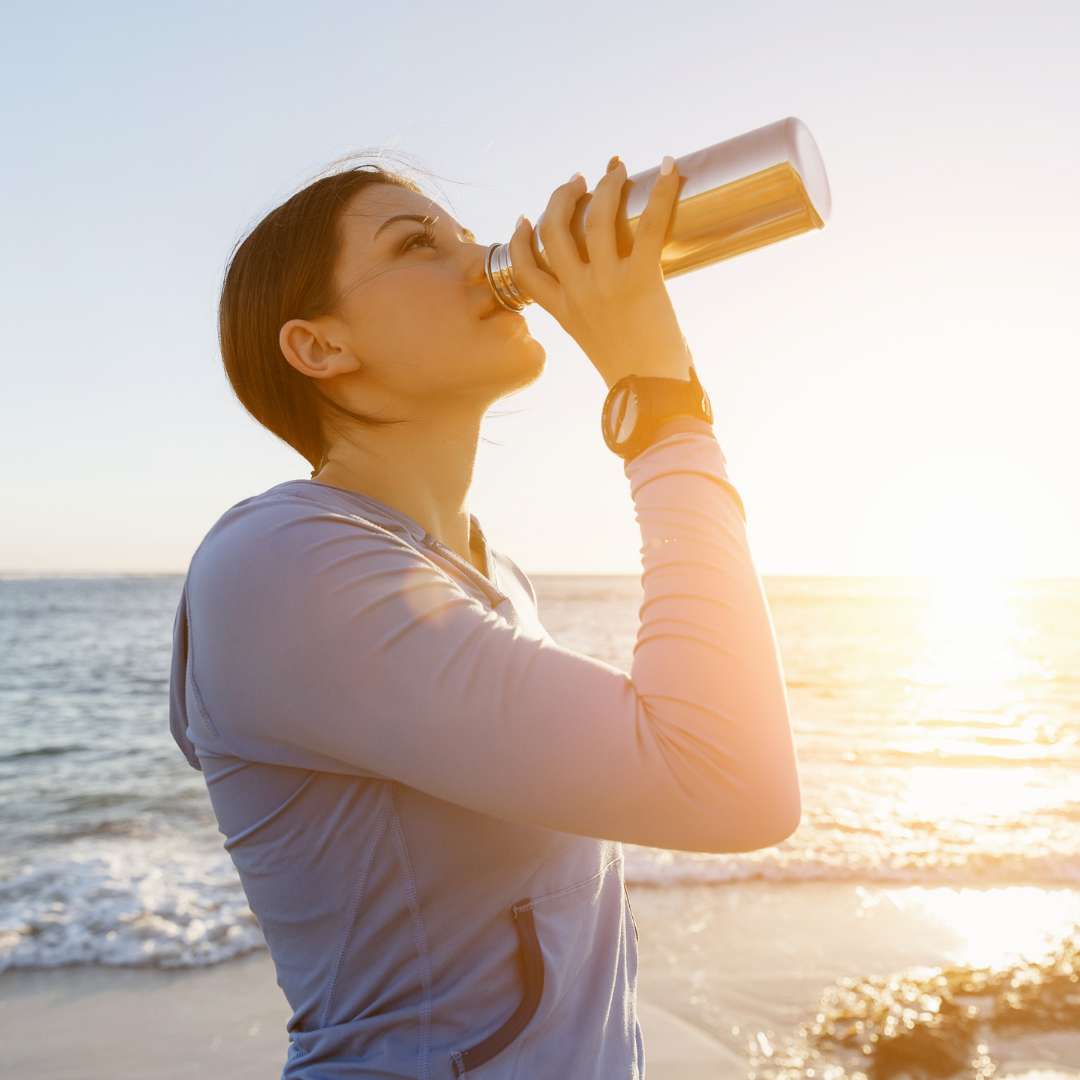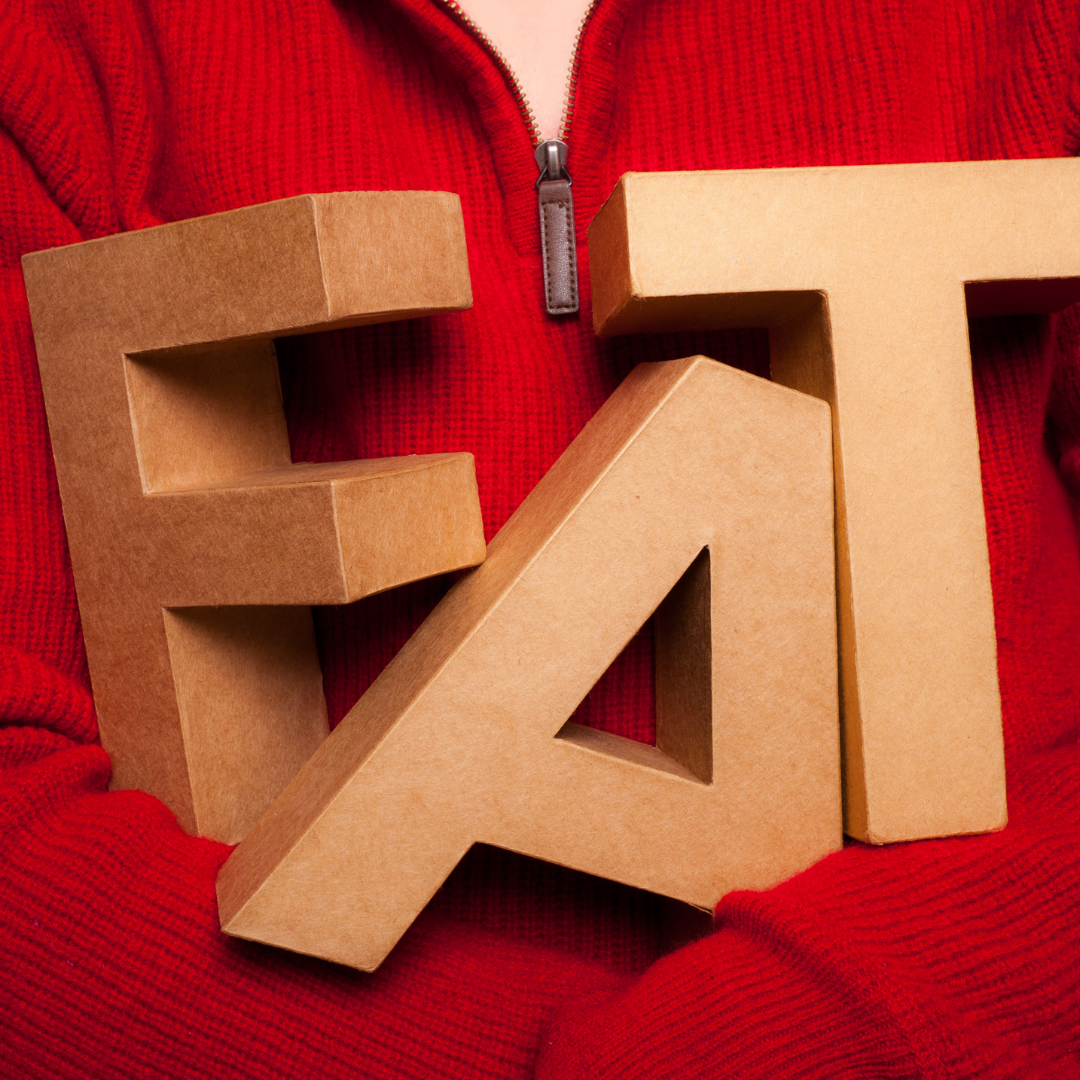Two is One and One is None

Two is one and one is none is a concept used by Navy Seals that simply means to have a backup plan. It means having one of something is like having none and that having two of anything is the same as having one. This important concept is not only extremely valuable on the battlefield and in outdoor survival but in everyday life. Taking it a step further, I like to also apply this to healthy eating and exercise.
Exercise and eating healthy are the two key components of living a healthy lifestyle. Yet too many people leave these two important components to chance. Then when something causes your day or week to go sideways, without a backup plan your initial plan for diet and exercise goes off the rails.
This leads to inconsistency, frustration, and overwhelm. All of which makes it much easier to get discouraged and just say screw it. I’ll try again tomorrow or next week. For some people, it can mean they may just give up all together.
Fortunately, this problem has an easy solution.

An ounce of prevention is equal to a pound of cure. The best way to avoid all the problems listed above is to create back up systems and have them in place. In life it is not if something will go wrong but when.
Here are some ideas to help you create your own back-up plan for your diet and exercise routine.
- Schedule your workouts for each week in advance. If something is on the schedule you are more likely to get it done.
- Always have 2-3 backup workout programs that you can do if something pops up and you cannot get your planned workout in for that day. EG. Go for a walk or run. Do a shorter 10–15-minute or 15-30 minute workout or yoga flow.
- Shop and prep food ahead of time so the ingredients are ready to go at a moment’s notice to throw together something tasty and healthy.
- Have healthy food readily available. Keep healthy bars, snacks, and protein powder in your car, pocketbook, backpack, at work, and at home.
- Have an emergency meal plan. Simply keep a set of ingredients that will allow you to throw together a healthy meal if you run late from work or the kids practice or game runs over. Instead of grabbing fast food. Quickly whip up a healthy tasty dinner.
A quick caveat. Having a backup doesn’t always mean having the exact same thing that may become lost or broken but something in place that can do a similar job when the SHTF.
Sure, the workout you may end up doing isn’t the exact one you had planned but you still got a workout in. This is better than nothing. Sometimes this can even work out better than the original. Getting something done keeps you consistent and keeps your momentum going. These are two key variables for long-term success.
The old saying of failing to plan is planning to fail always holds true.
Don’t overcomplicate the plan. Take a little time now and create 1-2 backup workout options, backup snacks, and backup last-minute meal ideas. Then save the workouts on your phone and go buy the ingredients for your meals so you have them on hand.
Once again, a plan without a backup plan is like having no plan at all. Incorporating these easy-to-apply techniques can assure that you won’t get caught with your pants down the next time life goes sideways.
To your health,
Kevin



































